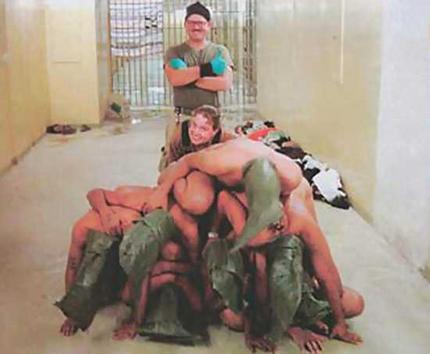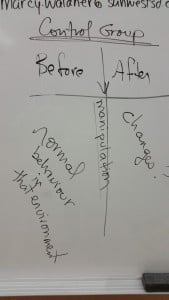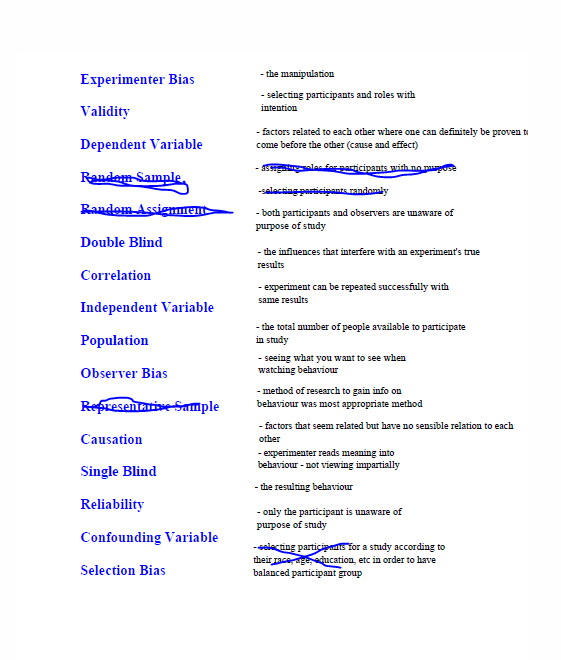ELA 9: Sept 30 Written notes from “Words on the Page” listening…
If you need a little help remembering parts of the storyline, you can follow my notes.
A4 Words on a Page – notes while listening
If you need a little help remembering parts of the storyline, you can follow my notes.
A4 Words on a Page – notes while listening
Hi, Driver Training folks! We missed you today.
I promised you a listening activity that would allow you to continue / finishing colouring your letter for our “Conflict” bulletin board, and today was that day! If you hadn’t finished your colouring, it’s not homework. (Sorry!)
I would like you to listen to the following short story (audio link below). It’s written and developed as a teleplay, meaning it includes the directions for this to be made into a television episode. You’ll notice soon into it what qualities are unique that inform direction / scenes etc.
The recording is 31 minutes long and it would be to your benefit if you could listen to it tonight before class.
See you in the morning!
It was Driver Training day again today, so we had only 6 students together for our Gr 10 classes (ELA and P sych). Instead of moving forward leaving absent students with difficult homework to complete, I altered the work for today to lighten your homework load.
sych). Instead of moving forward leaving absent students with difficult homework to complete, I altered the work for today to lighten your homework load.
ELA A10: Instead of doing “The Raven” I informed the 6 students about the next assignment to come. They spent the class (and now it’s on you for homework) to find a poem that would fit our Mystery / Dark / Goth type genre that’s at least 12 lines long, and of an appropriate difficulty level. You will have to do a poetry oral presentation with this in the coming weeks. Search online – find a poem that suits the characteristics. Do this by Thursday.
Psych 20: We reviewed our discussion of Ethics of Psychology Experiments (Section 1.4.0) and went through the 5 rules for Human ethics and 3 rules for Animal Ethics. You need to watch this video to catch up. It’s 27 minutes long.


ELA A10 Repeater period 6: We also decided it would be easier for you to catch up homework-wise if we did a double Psych today while you were gone and replace it with a double ELA tomorrow. To catch up with this, you need to watch these videos (below) before class on Thursday.
If you were away this week for ELA A10:
if one bird can speak and the other cannot, how do you think that may limit a poem written focused on an Owl and how might it open possibilities for one based on a Raven?
Tried something new and fun today in #ela10. Gave each group a stanza of #theraven w/ words cut up #putitbacktogether pic.twitter.com/sEzjKkwZvS
— MWaldner (@MarcyWaldner) September 24, 2015
If you were away the last few days of Psych class, here’s what we covered:

Sept 22 Psych 20 Notes Here are screenshots of our group responses to the questions. This is practice; you’ll select your own What Would You Do video of an experiment performed and develop your own responses to the same questions for your next assignment.
3. Repeater Period Tuesday (Sept 22) We finished filling in answers to the practice questions as a group. In particular, we had a good discussion about the possible confounds we identified in that experiment (race and gender of either participants or actors). We also discussed how unreliable this experiment’s results would be, depending on the location of the restaurant, such as city vs rural location.
4. Wednesday (Sept 23) The class continued applying their understanding of the terms and process of the Experimental Method to their individually selected What Would You Do video and filled in their Reporting an Experiment answers. NOTE: I have altered this handout a bit, updated the wording of the questions, so make sure you’re completing the right copy. (see below).
In today’s class, I also went through an example of how to plan out procedure for the Control Group and Experimental Group of an experiment, question 11 of the handout. You can see from the image below that everything in the setting and procedures should be as similar as possible in the control and experimental groups, with the exception of the Manipulation. In our example case, the manipulation isn’t the mother and foster child, it’s the comments she makes, so you’d still want them to be noticed in your control group. This took the whole class for most people. Others who finished were able to review their Scientific Method terms with the matching practice sheet in your booklet.
1.3.2 Assignment – Report Experiment (updated handout)
5. Thursday (Sept 24): We started the class today by reviewing the “What You Should Know” review questions for section 1.3.0. We worked through them as a class and people with correct answers got Timbits! (Jealous, hmm? Yumm y!) Hey, rewards work to motivate learners, don’t they!)
y!) Hey, rewards work to motivate learners, don’t they!)
Once we’d finished those questions, we moved on to a terms review page that’s just before the next section. It looks like this (image to the right). We went through them together again and everyone easily matched the description with the term.
Then we started looking again at the two categories of research: experimental vs non experimental.
Remember that sometimes you can’t manipulate to learn from behaviour, so that’s why you have the two categories.
You can watch the instructional video #2 in section 1.3.1 of Moodle.
If you were away for Driver’s Training today, this is what we did in class without you. You’ll be expected to complete these steps at some point. Tomorrow, we’ll be continuing on so to catch up  you could do the missed work tonight.
you could do the missed work tonight.